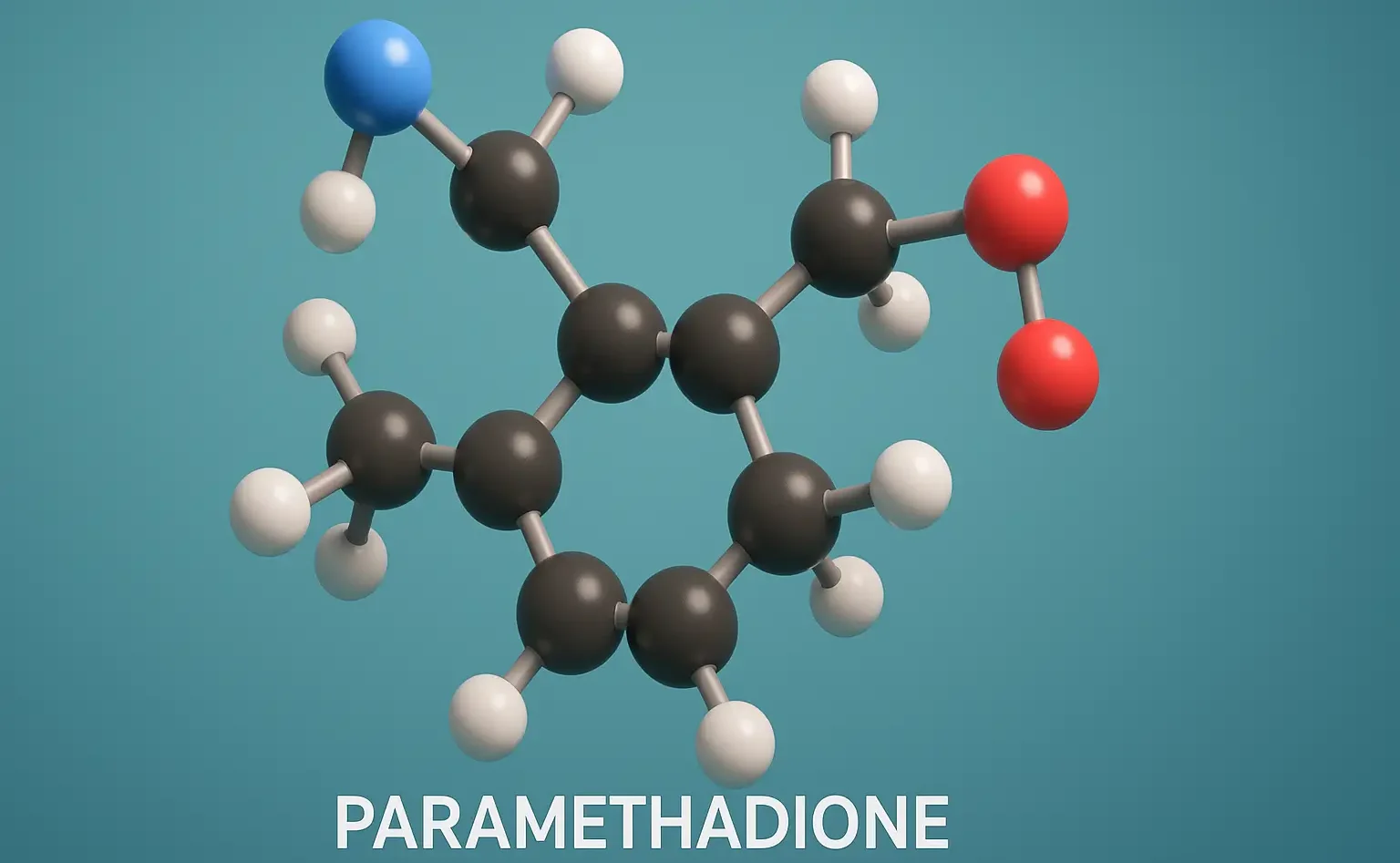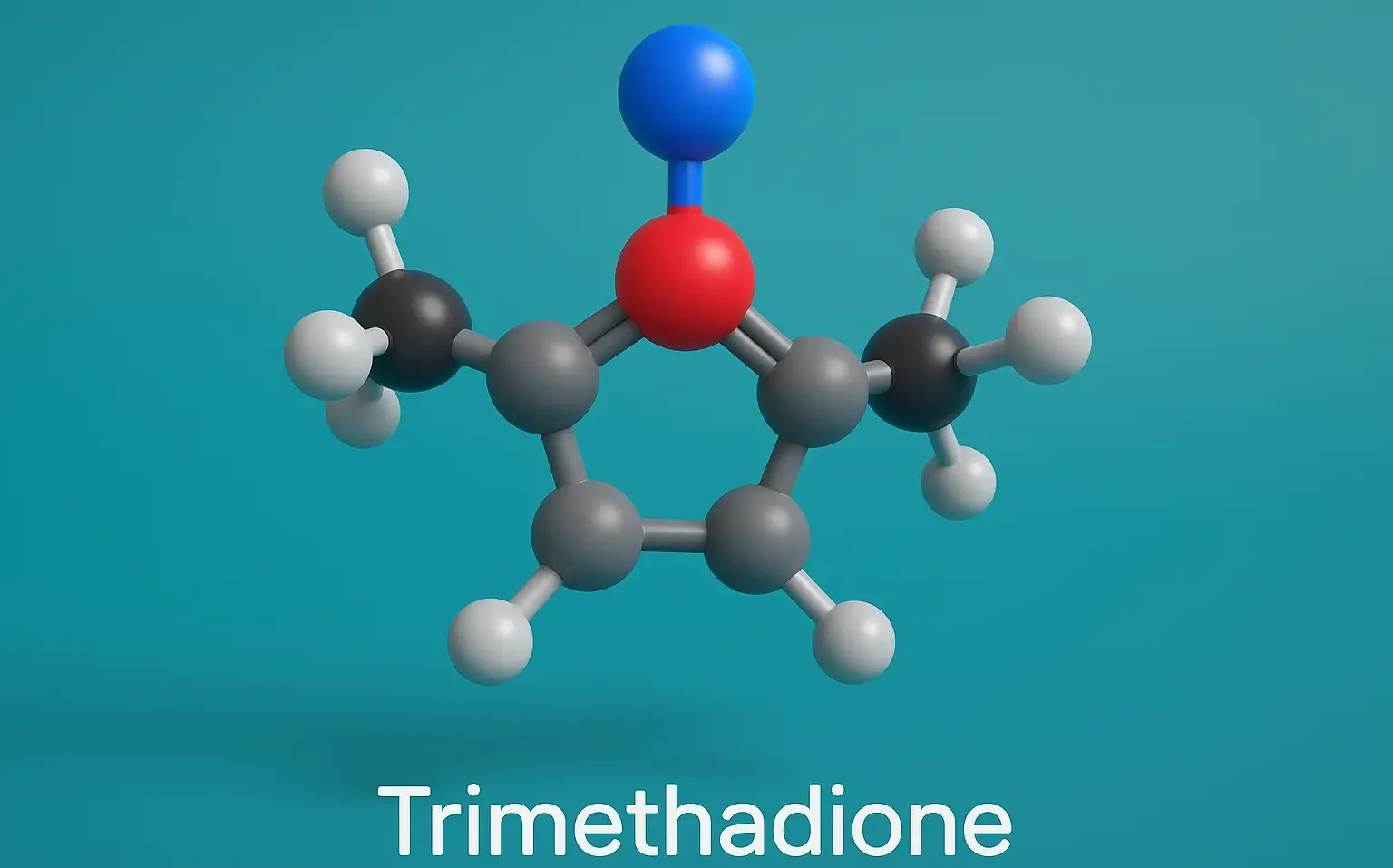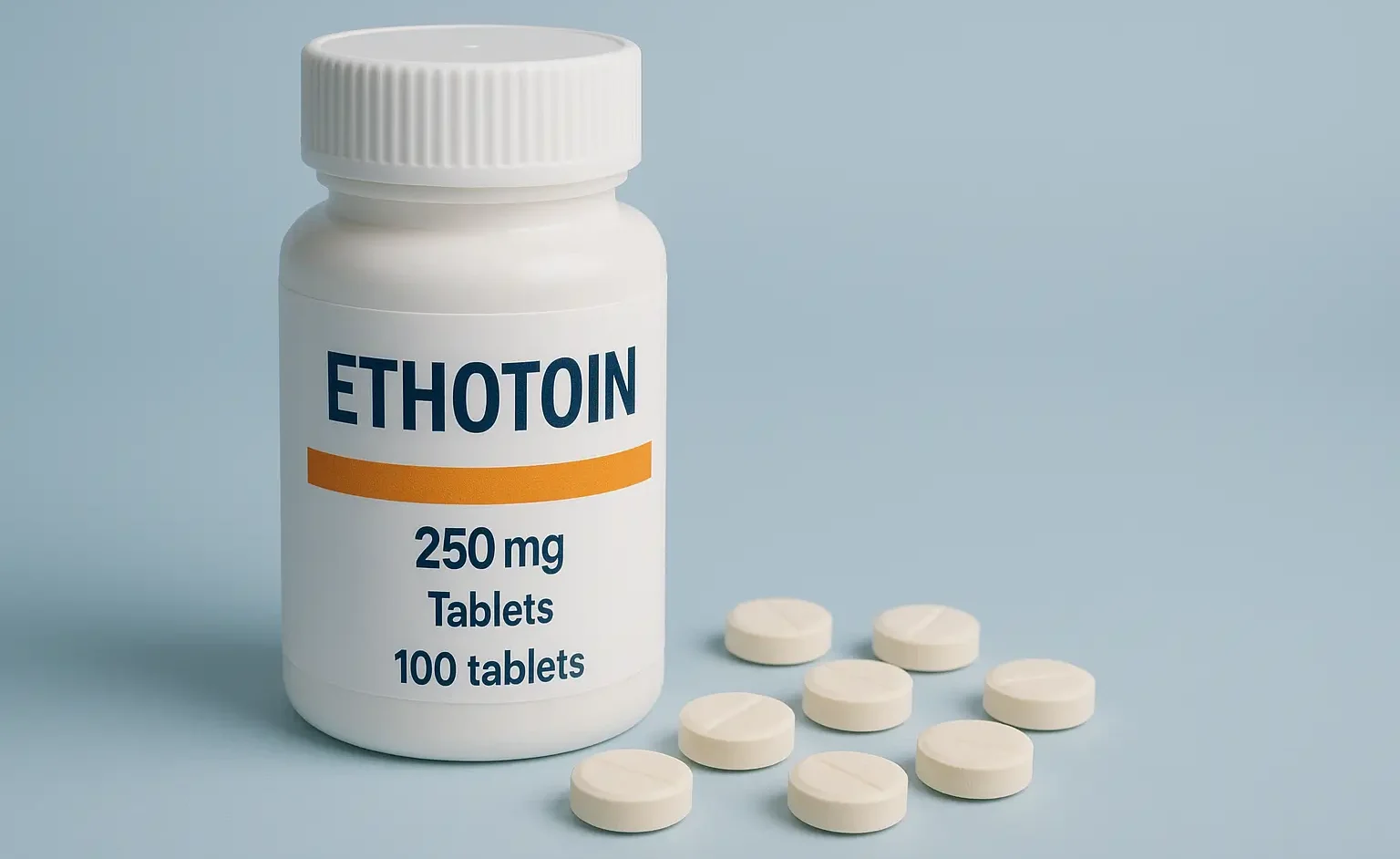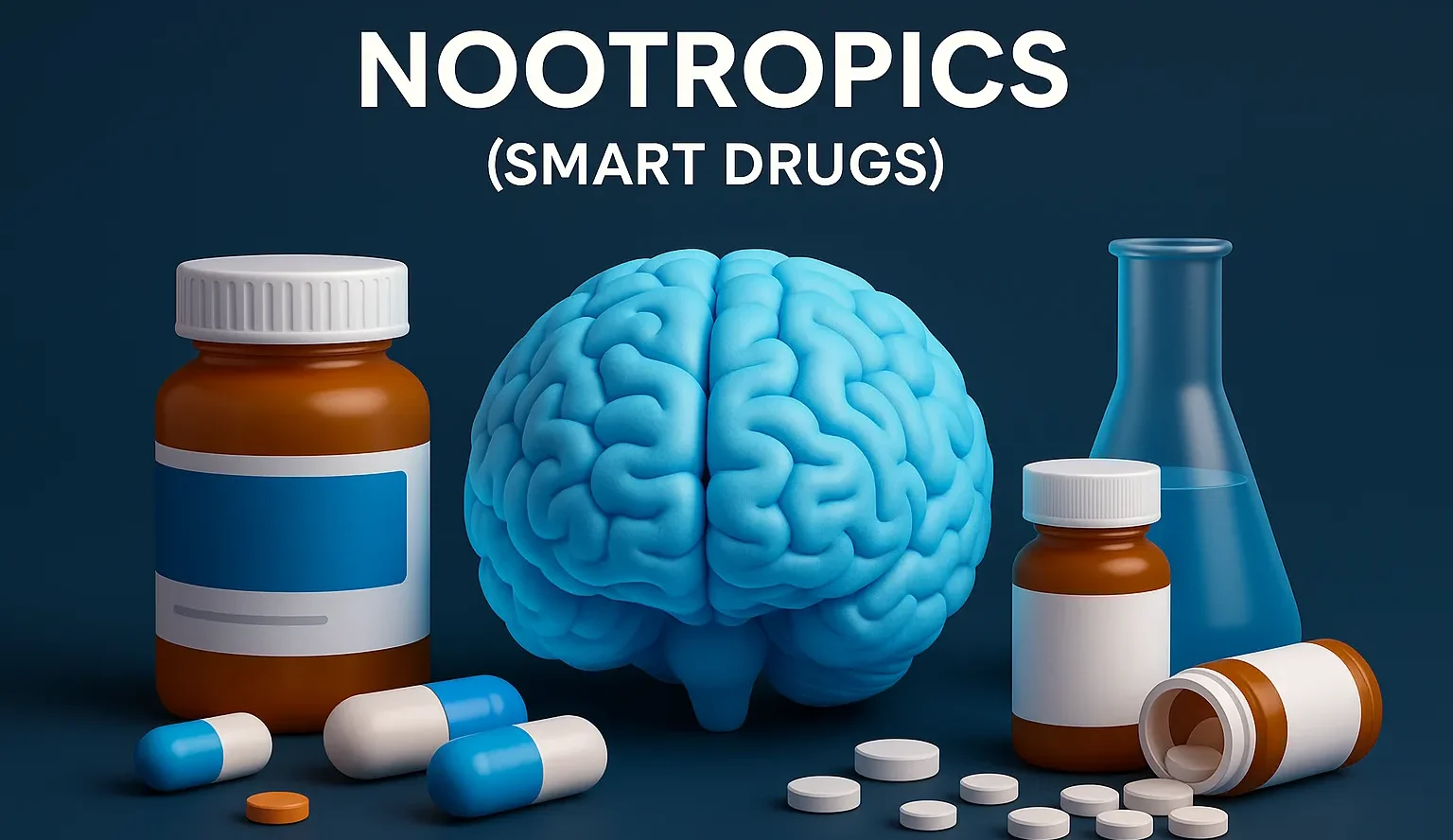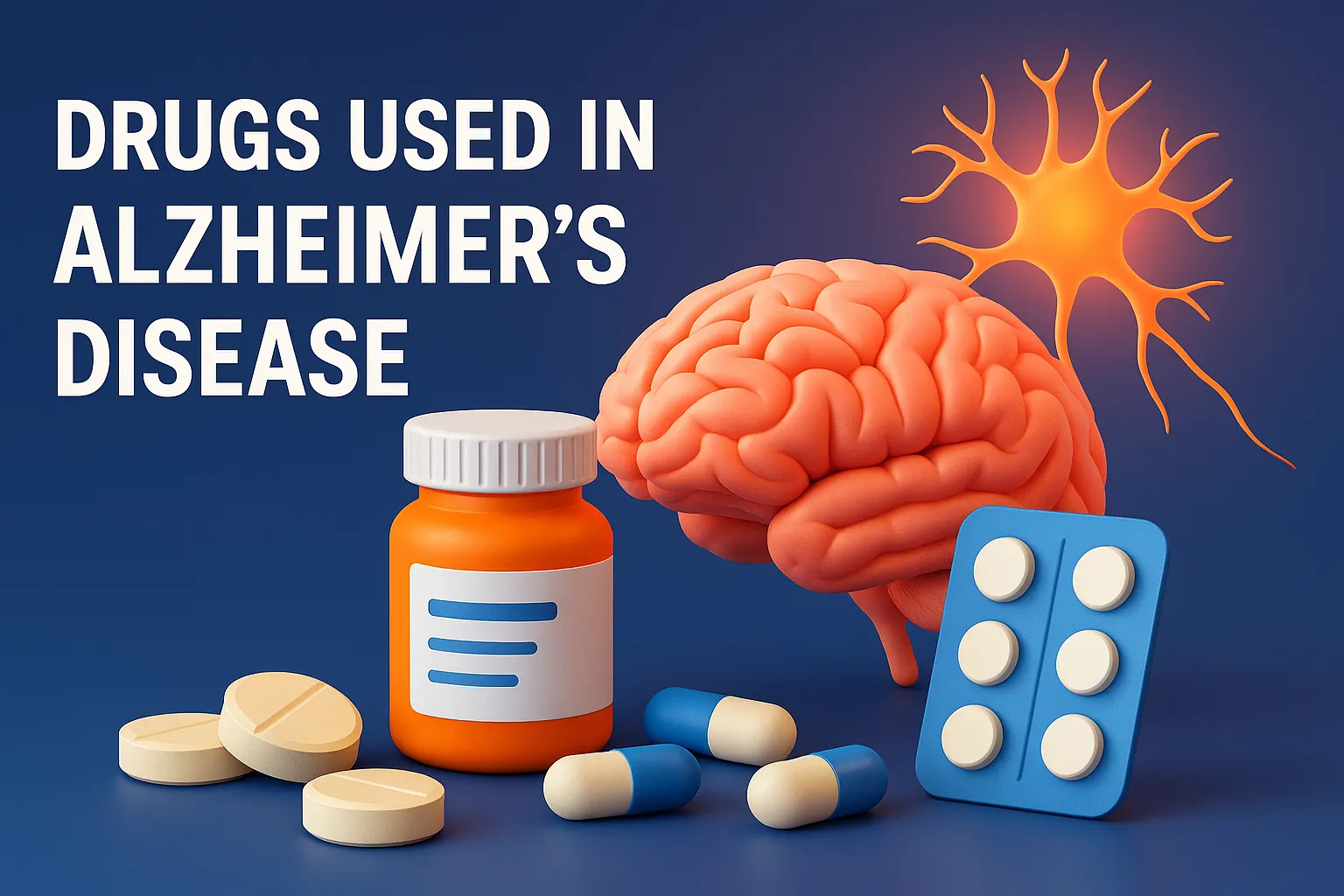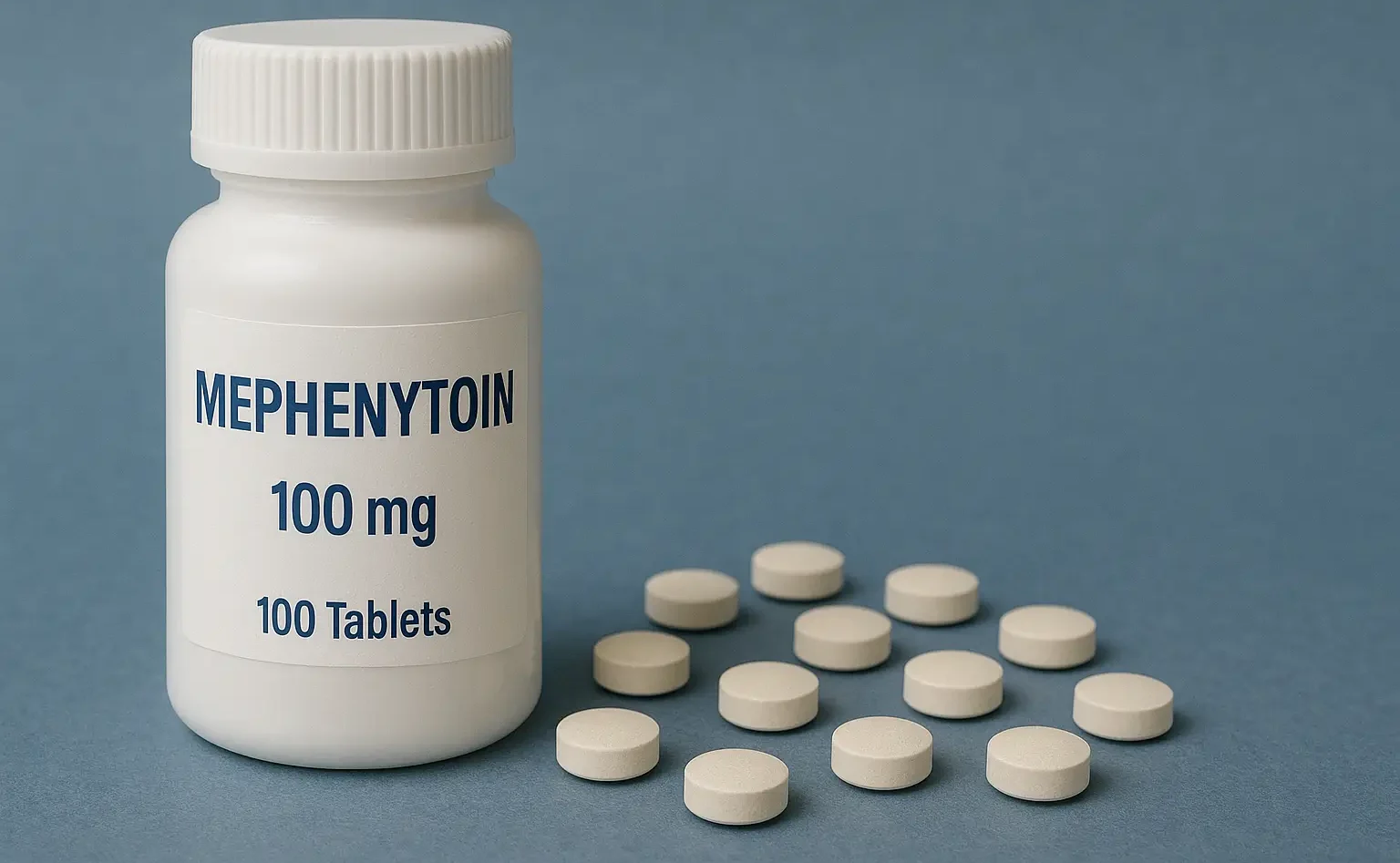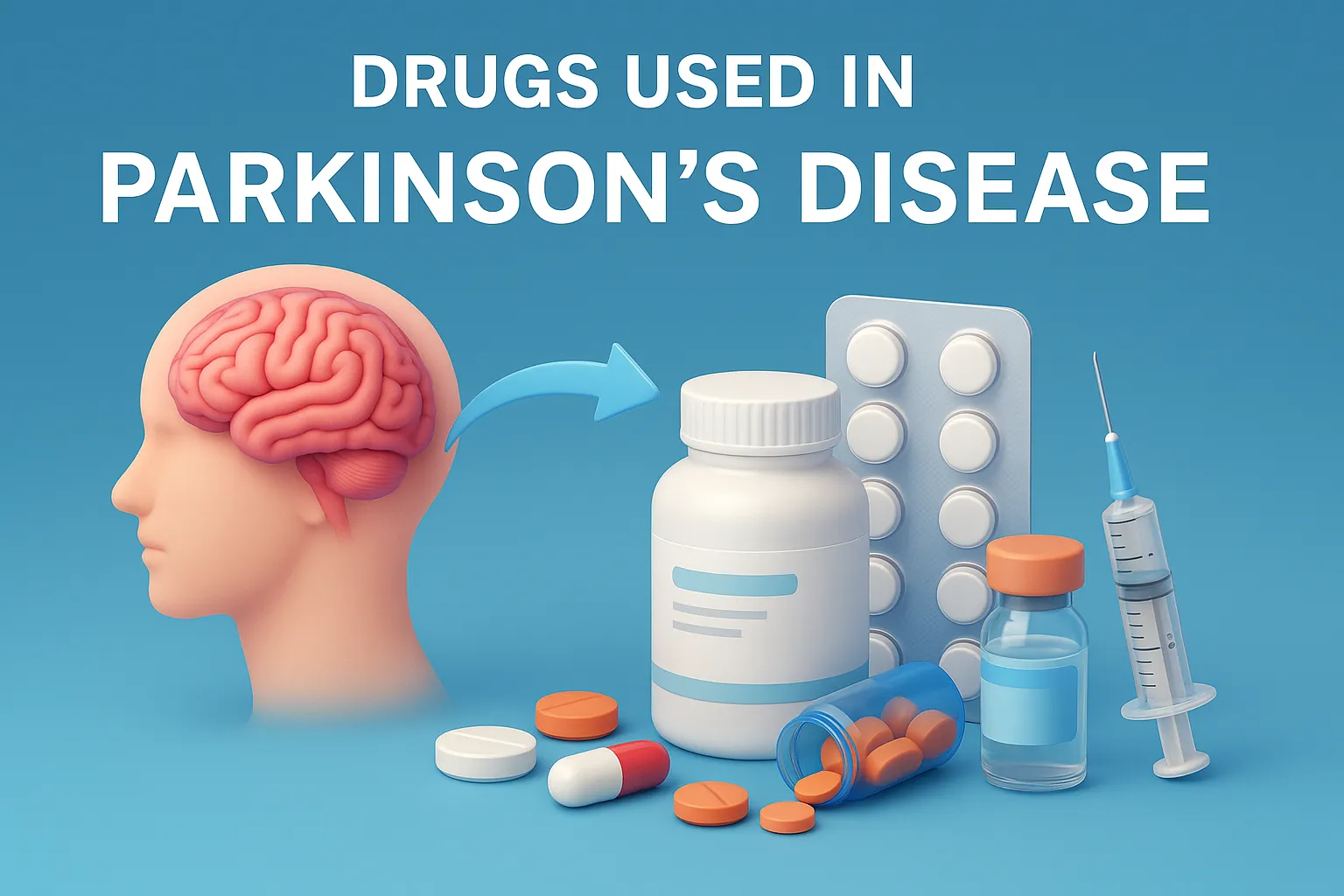Paramethadione
Paramethadione reduces neuronal excitability by blocking T-type calcium channels in the CNS. It is prescribed for absence seizures when other treatments are less effective. Chemical Formula: C₆H₁₁NO₂ Mechanism of Action: Same as trimethadione (T-type Ca²⁺ channel blocker) Therapeutic Uses of Paramethadione: Absence seizures (less effective than trimethadione) Side Effects of Paramethadione: Milder than trimethadione but … Read more

